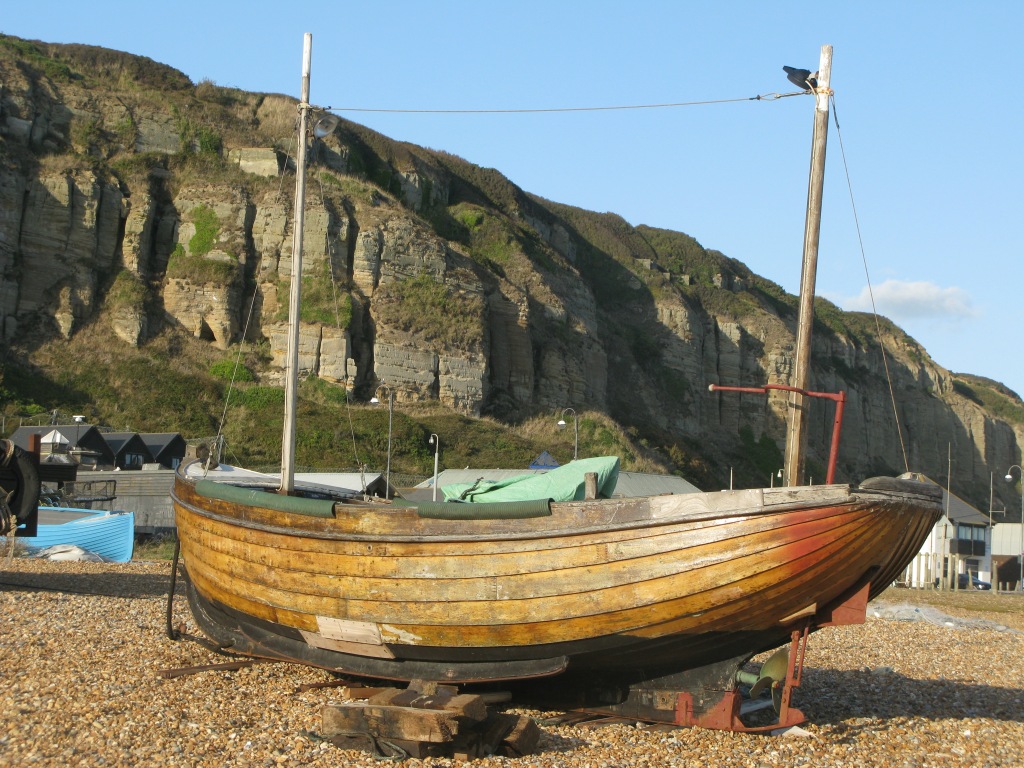“We treat the past as a foreign country, when in reality it was occupied by the same people as us.”
I’ve forgotten who said this but I was reminded of it in 2005 when I saw that Edgar March’s ‘Inshore Craft of Britain in the Days of Sail and Oar’ had been republished.
The book was originally published in 1970, and was the first I had read on small working boats. It was the first time I thought about ‘form following function’. I was fascinated that an island as small Britain should, over the centuries, have developed so many different shaped craft to perform more or less the same thing. Each locality developed a different tradition. Their boats were, in effect, visual versions of regional accents.
I have three reasons for liking this book in particular and inshore boats in general:
- For the boats themselves – complex objects, skilled construction, elegant lines;
- As functional craft – all the more significant in that their purpose was to earn their owners and crews a living. Here were small boats constructed in local yards round the coast of a small island – (or, rather, one small island and a series of even smaller ones). They varied in shape, in size, in design not just from region to region but from harbour to harbour, the only limitation being in the materials used. Why should a Cornish pilot gig differ so much from a Northumberland coble? Indeed why should a Cornish gig differ so much from a Bristol Channel pilot cutter?
- For the owners and crew who rowed, sailed and, increasingly, motored in them. They represented a local way of life. Here were small communities, not necessarily isolated from one another but certainly separate, each community with the knowledge and skills to develop and build their own craft specifically for their own coastal conditions.
For earlier postings on this subject: For Love of a Boat.
Images taken by Bill Whateley

